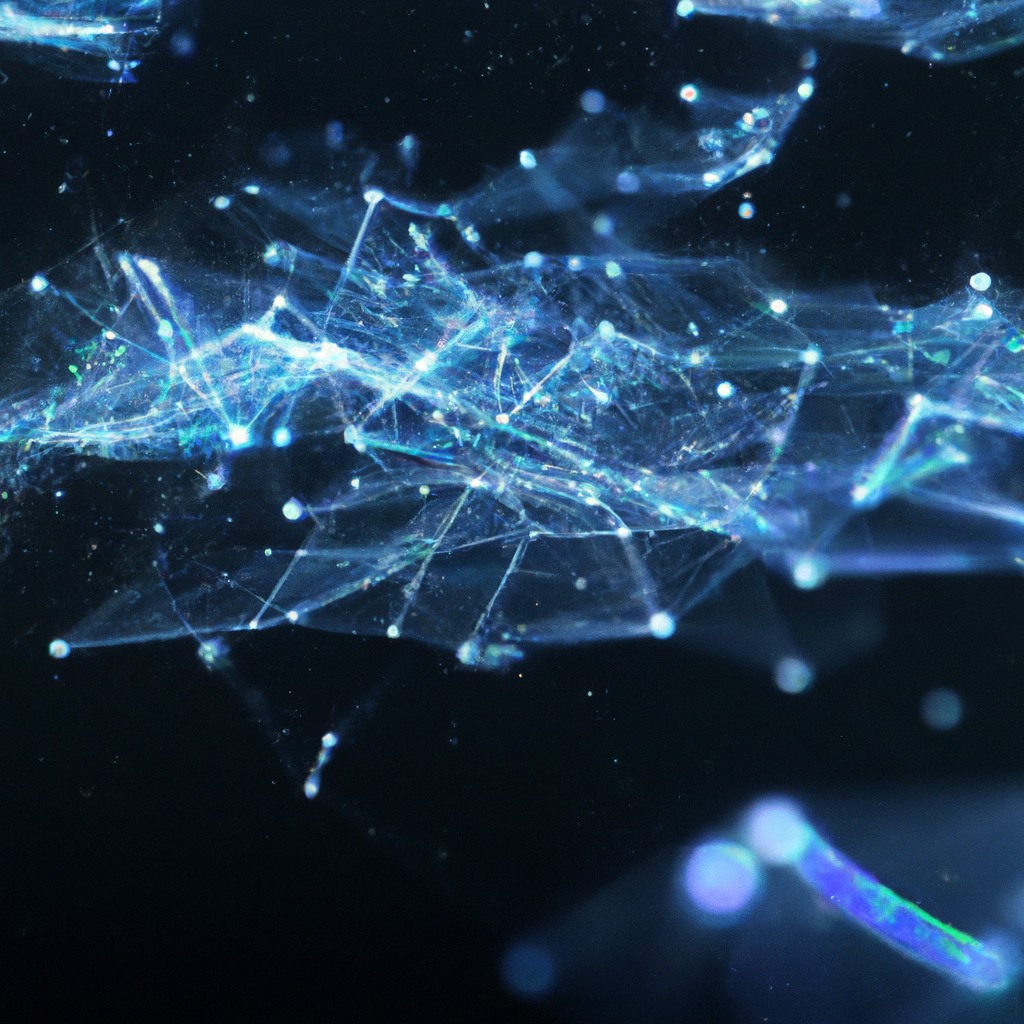Imagine a world where thousands of individuals come together, each with their own unique perspectives and abilities, to solve complex problems and make collective decisions. This is the power of swarm intelligence, a fascinating concept that taps into the collective wisdom of a group. In the realm of artificial intelligence, swarm intelligence takes on a new form, as algorithms simulate the behavior of swarms to enhance problem-solving capabilities. In this article, we will explore the intriguing concept of swarm intelligence and how it is implemented in AI, uncovering its potential to revolutionize the way we approach complex challenges.
Understanding Swarm Intelligence
Definition of swarm intelligence
Swarm intelligence refers to a collective behavior exhibited by a group of individuals working together in a coordinated manner to solve complex problems. This concept draws inspiration from the behavior of social insect colonies, such as ants, bees, and termites, where the collective actions of the individuals lead to the emergence of intelligent and adaptive behavior at the group level. Swarm intelligence is characterized by decentralized decision-making, self-organization, and the ability to adapt and respond to changing environments.
Principles of swarm intelligence
Swarm intelligence operates on several key principles. First, it emphasizes the interaction and collaboration among individuals within the swarm. Each individual follows simple rules based on local information, and through collective interactions, complex behaviors and patterns emerge. Second, swarm intelligence relies on the concept of self-organization, where the group as a whole organizes itself without the need for centralized control. Finally, swarm intelligence is highly adaptive and responsive to changes in the environment. The swarm can quickly adjust its behavior and find optimal solutions through feedback mechanisms and local interactions.
Examples of swarm intelligence in nature
Swarm intelligence is prominently observed in various natural systems. For example, ant colonies exhibit sophisticated foraging strategies, where individual ants deposit pheromones to communicate and collectively choose the most efficient paths to food sources. Bees demonstrate swarm intelligence in their decision-making process while selecting a new hive location, with scouts sharing information and reaching a consensus through intricate group interactions. Termites build complex and efficient nests by following simple rules encoded in their biology, resulting in remarkable architectural feats. These examples highlight how swarm intelligence is ingrained in nature, allowing social insects to thrive and adapt to their environments.
Exploring the History of Swarm Intelligence
Early discoveries and studies of swarm intelligence
The concept of swarm intelligence traces its roots back to the early studies of animal behavior in the mid-20th century. One of the pioneering works in this field was the research conducted by biologist W.H. Thorpe, who extensively studied the complex vocalizations and flocking behavior of birds. Thorpe’s work shed light on the collective decision-making processes and communication strategies employed by birds during migration. In the 1980s, computer scientist Craig Reynolds developed the concept of “boids,” a computer model simulating the flocking behavior of birds. This marked a significant milestone in the study of swarm intelligence and laid the foundation for further research.
Key contributions and advancements in swarm intelligence theory
In the late 1980s and 1990s, notable advancements were made in swarm intelligence theory. Sociobiologist E.O. Wilson introduced the concept of “eusociality,” which describes the highest level of social organization observed in social insects. Inspired by this, computer scientists developed algorithms and models based on the principles of eusociality, leading to the development of Ant Colony Optimization (ACO) and Particle Swarm Optimization (PSO). ACO algorithms mimic the foraging behavior of ants to solve optimization problems, while PSO algorithms simulate the social interactions and movement patterns of particles to find optimal solutions in complex search spaces.
The integration of swarm intelligence in technology
Over the past few decades, swarm intelligence has found its way into various technological applications, particularly in the field of artificial intelligence (AI). Researchers realized that the principles of swarm intelligence could be employed to enhance problem-solving capabilities, decision-making processes, and adaptability in AI systems. As a result, swarm intelligence algorithms, such as ACO and PSO, have been integrated into AI frameworks, demonstrating significant improvements in performance and efficiency. The application of swarm intelligence in technology has paved the way for advancements in robotics, optimization, data clustering, and more.
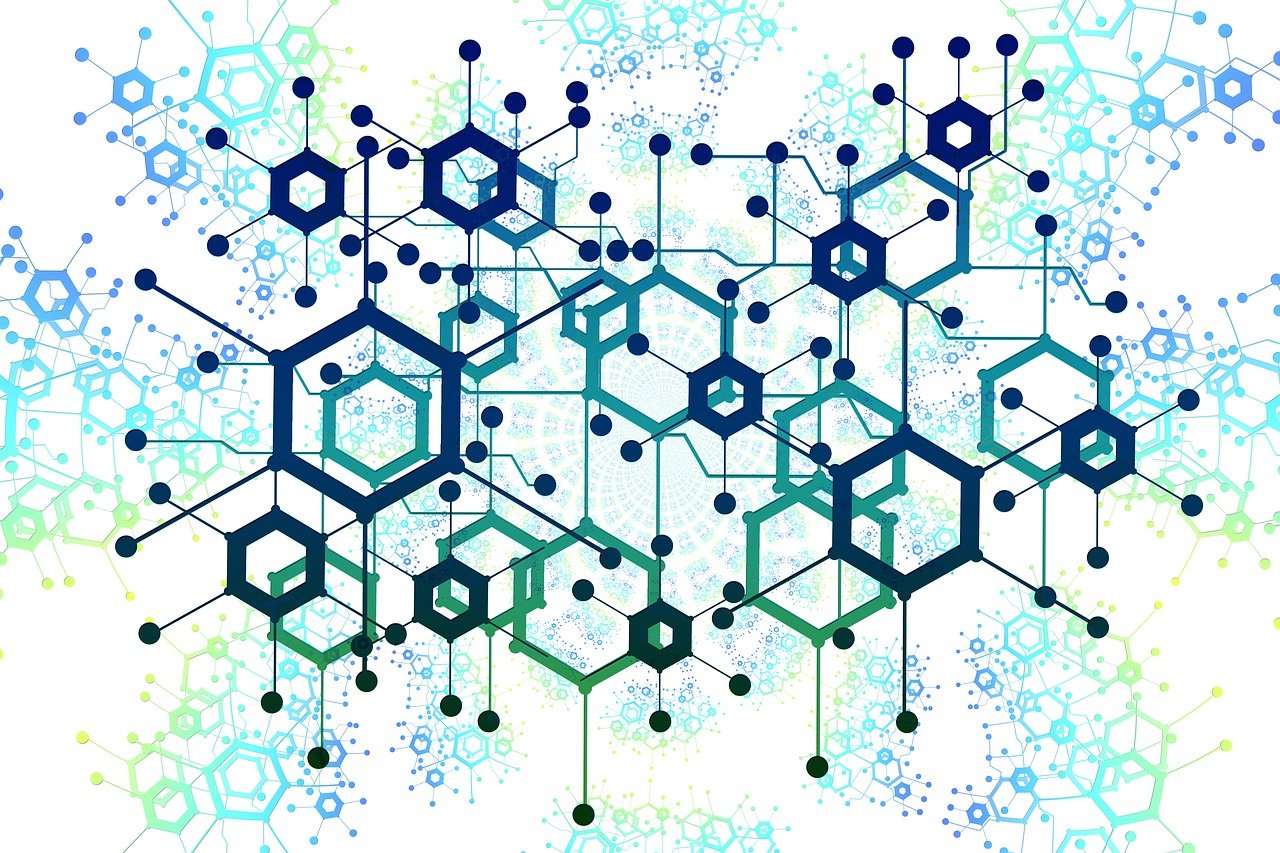
Swarm Intelligence Incorporation in AI
Reasons for incorporating swarm intelligence in AI
There are several compelling reasons for incorporating swarm intelligence into AI systems. Firstly, swarm intelligence allows for decentralized decision-making, reducing the dependence on central control and enabling greater scalability. This distributed approach enhances the system’s ability to handle complex and dynamic environments. Additionally, swarm intelligence promotes adaptability and robustness, as individuals within the swarm can autonomously respond to changes and collectively optimize their behavior. Moreover, swarm intelligence provides AI systems with a more efficient solution search process, harnessing the power of collective intelligence.
Process of integrating swarm intelligence into AI
The integration of swarm intelligence into AI involves incorporating swarm-based algorithms, such as ACO, PSO, and Honey Bee Algorithm (HBA), into the existing framework. These algorithms are designed to mimic the collective behaviors observed in nature and adapt them to solve specific problems in AI. Researchers modify and optimize these algorithms to suit the requirements of a particular AI application. This involves defining suitable fitness functions, adjusting parameters, and fine-tuning the individual behaviors within the swarm. Through this integration process, the AI system can harness the power of swarm intelligence to improve its performance and problem-solving capabilities.
Impact of swarm intelligence on AI performance
The integration of swarm intelligence in AI has shown significant impacts on performance. By leveraging swarm-based algorithms, AI systems exhibit improved optimization capabilities, enabling them to find better solutions in complex search spaces. Swarm intelligence also enhances the adaptability and robustness of AI systems, allowing them to respond effectively to changing environments and unforeseen circumstances. Additionally, swarm intelligence enables more efficient resource allocation and coordination within AI systems, leading to enhanced decision-making processes. Overall, incorporating swarm intelligence in AI enhances the system’s performance and enables it to tackle complex problems more effectively.
Types of Swarm Intelligence in AI
Ant Colony Optimization (ACO)
ACO algorithms are inspired by the foraging behavior of ants. In ACO, artificial ants deposit pheromone trails to communicate information about desirable paths to solve optimization problems. These trails guide subsequent ants to select the most promising paths to reach a goal. ACO has been successfully applied to solve various optimization problems, such as the traveling salesman problem and vehicle routing problems.
Particle Swarm Optimization (PSO)
PSO algorithms draw inspiration from the collective behavior of bird flocks or fish schools. In PSO, particles move through the search space, seeking the optimal solution based on their own experience and the collective knowledge of the swarm. By iteratively adjusting their positions, particles converge towards the global optimum. PSO has been widely used in optimization tasks, data clustering, and pattern recognition.
Honey Bee Algorithm (HBA)
The Honey Bee Algorithm mimics the foraging behavior of honey bees. Honey bees perform complex decision-making processes to find the most suitable food sources and share this information with other colony members through waggle dances. The HBA algorithm emulates this behavior by allowing artificial bees to explore and exploit potential solutions to find optimal solutions in search spaces. HBA has been applied to solve optimization problems, such as task assignment and job shop scheduling.
Other relevant swarm intelligence types in AI
Apart from ACO, PSO, and HBA, there are several other swarm intelligence algorithms employed in AI. These include Artificial Bee Colony (ABC), Firefly Algorithm (FA), and Bacterial Foraging Optimization (BFO). Each algorithm draws inspiration from different aspects of swarm behavior in nature and has been adapted to solve specific AI problems effectively.
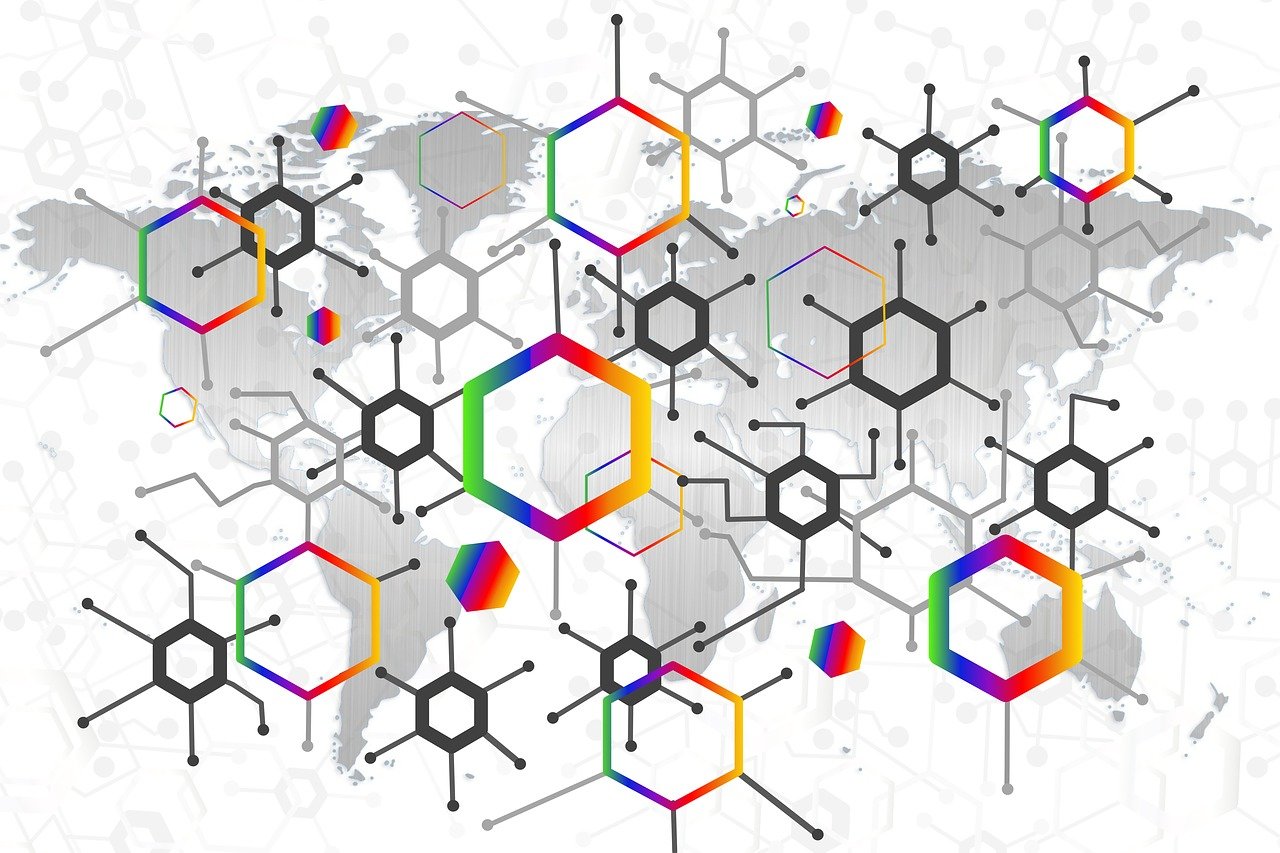
Processes and Algorithms in Swarm Intelligence
Role of self-organization in swarm intelligence
Self-organization plays a crucial role in swarm intelligence. It refers to the ability of individuals within the swarm to organize themselves without centralized control or external coordination. Through local interactions and simple rules, the individuals adapt their behavior and collectively shape the emergent behavior of the swarm. Self-organization allows for flexibility, scalability, and adaptability, as each individual can make decisions based on local information, leading to efficient and adaptive problem-solving processes.
Role of distributed intelligence in swarm intelligence
Distributed intelligence is another fundamental aspect of swarm intelligence. It refers to the distribution of intelligence and decision-making among individuals within the swarm. Rather than relying on a central authority, each individual has a certain level of autonomy and can make decisions independently based on local information. This distribution of intelligence allows for parallel processing and decentralized decision-making, leading to increased efficiency, adaptability, and robustness in swarm intelligence systems.
Understanding the algorithms used in swarm intelligence
The algorithms used in swarm intelligence are designed to simulate the behavior observed in natural swarms. These algorithms comprise several components, such as the definition of the problem space, the representation of individuals within the swarm, the formulation of fitness functions, and the rules governing the interactions among individuals. Researchers fine-tune these algorithms to strike a balance between exploration and exploitation, ensuring that the swarm can efficiently search the solution space and converge towards optimal solutions. By understanding the underlying principles of swarm intelligence algorithms, researchers can tailor them to different AI applications and achieve improved problem-solving capabilities.
Swarm Intelligence in Robotics
Concept of swarm robotics
Swarm robotics is a field that combines swarm intelligence principles with robotics to create intelligent, adaptive, and cooperative robotic systems. In swarm robotics, a group of simple robots, known as swarm robots, work together to achieve complex tasks through local interactions and emergent behaviors. The concept draws inspiration from the collective behaviors observed in social insects and aims to replicate these remarkable abilities in robot swarms.
Implementation of swarm intelligence in robotics
Swarm intelligence has been successfully implemented in various robotic systems to achieve efficient and adaptive behaviors. For example, in exploration tasks, robot swarms can collectively explore unknown environments, communicate valuable information, and map their surroundings more effectively. In distributed sensing tasks, robot swarms can collaborate to monitor and collect data from a large area, enabling comprehensive surveillance or environmental monitoring. Swarm robotics has also been applied to swarm-based manipulation, where robot swarms collectively manipulate objects too large or heavy for individual robots. These examples highlight the versatility and potential of utilizing swarm intelligence in robotics.
Advantages of utilizing swarm intelligence in robotics
Utilizing swarm intelligence in robotics offers several advantages. Firstly, swarm robotics enables scalability and robustness, as the system can easily adapt to changes in the number of robots or the environment. If an individual robot fails, the swarm can self-organize and redistribute tasks to ensure the completion of the overall objective. Secondly, swarm robotics allows for parallel processing and distributed decision-making, which enhances the system’s problem-solving capabilities and decision-making speed. Additionally, swarm robotics is highly adaptable to dynamic and complex environments, as each robot within the swarm can autonomously respond and adapt to changes. Overall, swarm intelligence empowers robotics with the ability to tackle complex tasks efficiently and effectively.
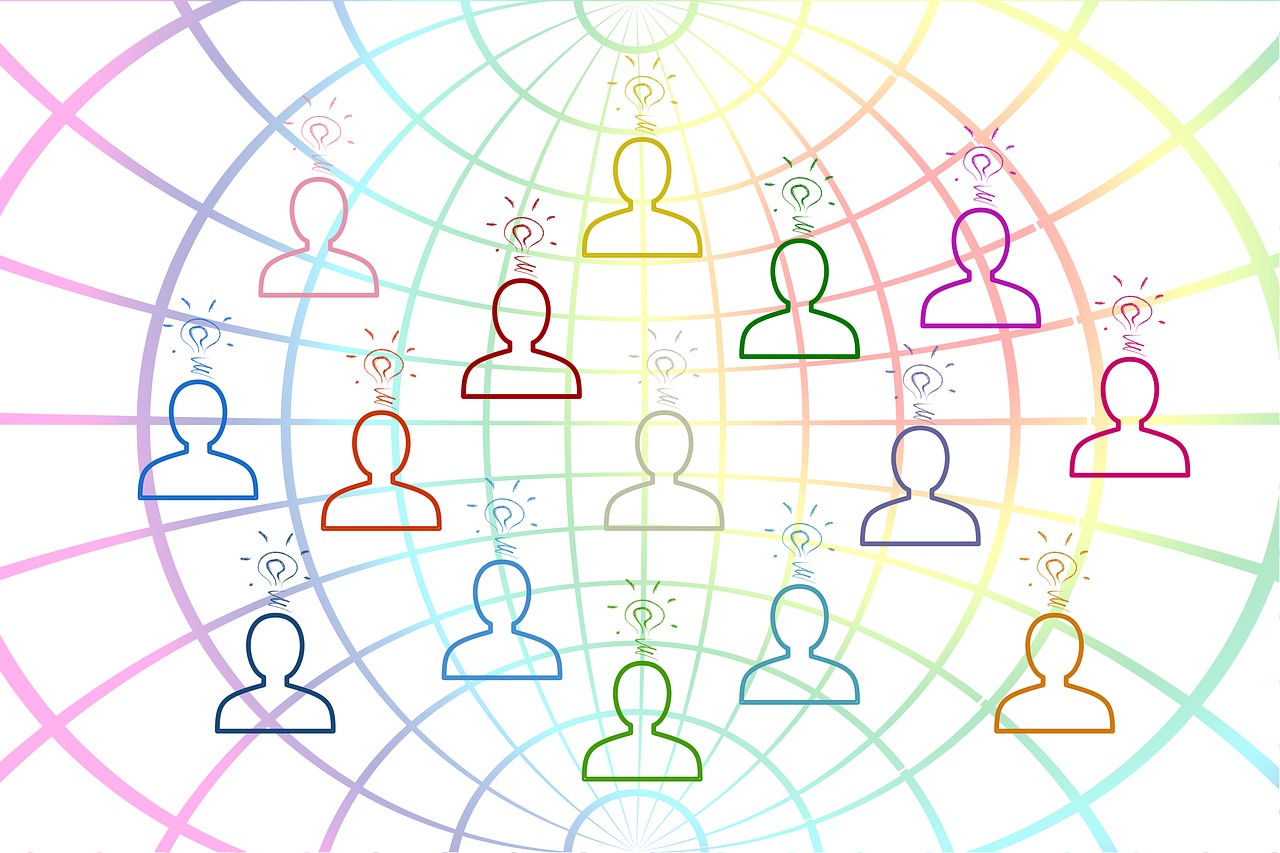
Benefits of Swarm Intelligence in AI
Enhanced problem-solving abilities
Swarm intelligence in AI enhances problem-solving abilities by leveraging the collective intelligence of the swarm. Through decentralized decision-making and self-organization, the swarm is capable of exploring and evaluating a vast solution space. This enables a more comprehensive search for optimal solutions, especially in complex and multi-dimensional problems. Additionally, the swarm’s adaptability allows it to dynamically adjust its behavior and optimize its solution approach, increasing the chances of finding better solutions.
Improvement in decision-making processes
Swarm intelligence in AI improves decision-making processes by incorporating diverse viewpoints and local information. Each individual within the swarm contributes its own perspective and decision-making capabilities. By leveraging these diverse inputs, the swarm can holistically evaluate options and make informed decisions. This collective decision-making approach enhances the system’s ability to handle uncertainties and make robust choices, especially in dynamic and unpredictable environments.
Increased robustness and adaptability
Swarm intelligence in AI leads to increased robustness and adaptability due to the distributed nature of the swarm. As each individual autonomously operates based on local information, the swarm as a whole can withstand failures or disruptions in individual components. The distributed decision-making and self-organization capabilities allow the swarm to quickly adapt and respond to changes in the environment. This adaptability ensures that the AI system remains efficient and effective, even in dynamic and uncertain scenarios.
Challenges and Limitations of Swarm Intelligence in AI
Concerns about predictability and control
One challenge of utilizing swarm intelligence in AI is the lack of predictability and control over emergent behaviors. As the collective behavior of the swarm emerges from the interactions of individuals, it can be challenging to precisely predict and control specific outcomes. While swarm intelligence facilitates adaptability and decentralized decision-making, it might limit the ability to guarantee specific results. This unpredictability can be a concern in certain AI applications where strict control is required.
Complexities of system design and management
Incorporating swarm intelligence in AI systems introduces complexities in system design and management. The interactions and dependencies among swarm individuals must be carefully defined and modeled. The management of resources, communication, and coordination within the swarm also requires intricate design and optimization. The system design and management complexities increase as the swarm size grows, requiring advanced algorithms and computational resources.
Limitations regarding scalability and efficiency
Scalability is a limitation when utilizing swarm intelligence in AI. As the size of the swarm increases, communication and coordination among swarm individuals become more challenging. Ensuring efficient information exchange, decision-making, and synchronization across a large number of individuals requires sophisticated algorithms and computational resources. Additionally, as the swarm size grows, the efficiency of the system may decrease due to increased computational and communication overhead.
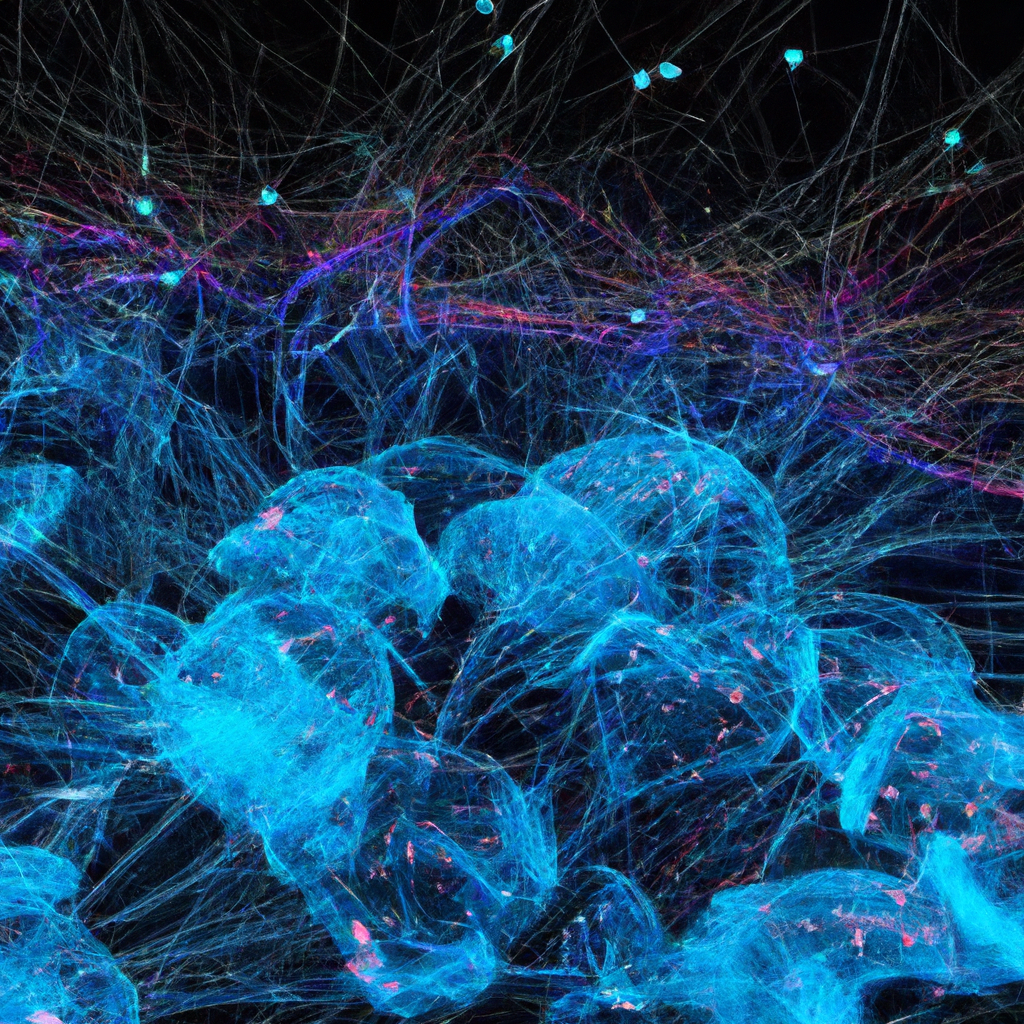
Future Outlook of Swarm Intelligence in AI
Latest developments in swarm intelligence
In recent years, there have been notable advancements in swarm intelligence, driven by developments in technology and computing power. Researchers have been exploring hybrid algorithms that combine swarm intelligence with other AI techniques, such as neural networks and genetic algorithms. This integration aims to harness the strengths of multiple approaches and overcome their limitations. Moreover, swarm intelligence is being applied in emerging areas such as Internet of Things (IoT) and edge computing, where intelligent and adaptive systems are required to handle massive amounts of data and make real-time decisions.
Potential areas of research and exploration
The future of swarm intelligence in AI presents several potential areas of research and exploration. One area of interest is investigating the dynamics and evolution of swarms, where researchers aim to understand how swarm behaviors emerge and evolve over time. Additionally, there is a growing focus on developing swarm intelligence techniques that can adapt and learn from experience, enabling swarms to improve their performance through self-improvement mechanisms. Furthermore, the integration of swarm intelligence with other emerging fields, such as quantum computing and bio-inspired computing, holds promise for further advancements in the field.
Future applications and advancements of swarm intelligence in AI
Swarm intelligence in AI is poised to have a significant impact in various domains. In domains where collective decision-making and adaptability are crucial, such as finance, logistics, and resource management, swarm intelligence offers novel solutions. Moreover, swarm intelligence can play a vital role in autonomous systems, where swarms of robots or drones need to collaborate and adapt to changing environments. The advancements in swarm robotics and human-swarm interaction further open doors for applications in disaster response, environmental monitoring, and search and rescue operations.
Case Studies of Swarm Intelligence in AI
Review of successful AI projects using swarm intelligence
Several AI projects have demonstrated the successful implementation of swarm intelligence techniques. For example, in the field of optimization, ACO algorithms have been applied to solve complex routing problems in transportation and logistics, yielding significant improvements in efficiency and cost reduction. In data clustering, PSO algorithms have proven effective in partitioning large datasets into meaningful groups, facilitating data analysis and pattern recognition. Swarm robotics projects have showcased the collaboration and exploration capabilities of robot swarms in tasks such as mapping and environmental monitoring.
Analysis of the operation and results of these projects
The operation and results of these AI projects highlight the efficacy of swarm intelligence techniques. In optimization projects, ACO algorithms have outperformed traditional methods by finding optimal solutions efficiently. The flexible and adaptive nature of swarm intelligence allows for real-time adjustments to changing conditions, resulting in improved efficiency and adaptability in data clustering tasks. Swarm robotics projects demonstrate the scalability and robustness of swarm-based systems, where the collective behavior of robot swarms enables efficient exploration and collaboration. These projects collectively showcase the potential and benefits of utilizing swarm intelligence in diverse AI applications.
Insights from these case studies
The case studies of successful AI projects using swarm intelligence provide valuable insights for future applications. They emphasize the importance of understanding the problem domain and adapting swarm intelligence techniques accordingly. Tailoring the swarm behaviors and fine-tuning the parameters are essential to optimize performance in specific applications. Moreover, these case studies highlight the synergy between swarm intelligence and other AI techniques. Combining swarm intelligence with machine learning, neural networks, or genetic algorithms can further enhance the capabilities, flexibility, and learning abilities of AI systems.
With a deep understanding of swarm intelligence, its history, principles, and applications in AI, it becomes clear that this collective behavior is a powerful tool to tackle complex problems. The integration of swarm intelligence in AI has the potential to revolutionize various domains and enable innovative and intelligent solutions. As researchers continue to explore and advance the field, we can expect to see even more remarkable applications and advancements in swarm intelligence in the future.
